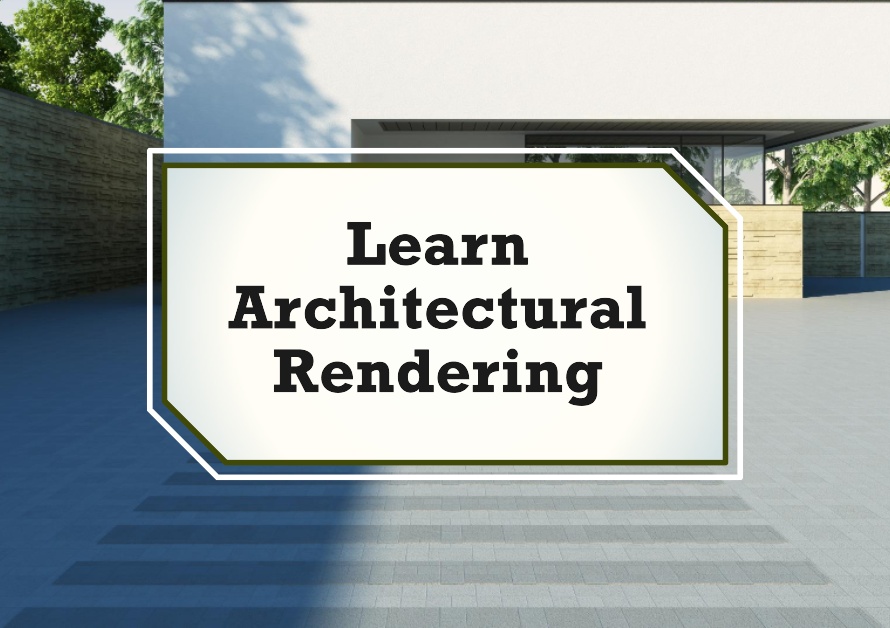
Table of Contents
Introduction:
In the realm of urban planning and real estate, mixed-use development stands as a testament to the integration of diverse functionalities within a single space. As cities evolve and demands shift, so too does the concept of mixed-use development. What was once a novel idea has now become a staple in urban landscapes, promising a harmonious coexistence of residential, commercial, and recreational spaces. However, the evolution of mixed-use development is far from stagnant; it continues to adapt and innovate, offering a glimpse into the future of urban living.
The Origins of Mixed-Use Development:
Mixed-use development traces its roots back to ancient civilizations, where communities naturally intertwined residential, commercial, and social spaces within close proximity. However, the modern concept of mixed-use development emerged in the late 20th century as a response to urban sprawl and the desire for more sustainable and walkable communities. Architects and planners sought to break away from the monotony of single-use zoning, envisioning vibrant neighborhoods where residents could live, work, and play within the same area.
The Rise of Mixed-Use Development:
The 21st century witnessed a resurgence of interest in mixed-use development, fueled by a growing appreciation for urban density, sustainability, and the desire for a higher quality of life. Cities across the globe embraced mixed-use projects as a means to revitalize neglected neighborhoods, promote economic growth, and foster a sense of community. From sprawling mixed-use complexes to compact, infill developments, the landscape of mixed-use projects diversified to accommodate varying needs and preferences.
The Shift Towards Vertical Integration:
As urban space becomes increasingly limited, the future of mixed-use development lies in vertical integration. Developers are turning to high-rise structures to maximize land efficiency and create self-contained urban ecosystems. These vertical mixed-use buildings offer a seamless blend of residential, commercial, and recreational amenities, all within the confines of a single tower. With advances in engineering and design, the sky’s the limit for the vertical evolution of mixed-use development.


Embracing Innovation and Technology:
In the quest for sustainability and efficiency, technology plays a pivotal role in shaping the future of mixed-use development. Smart buildings equipped with energy-efficient systems, IoT sensors, and automated services are becoming the norm, enhancing comfort, convenience, and environmental performance. Moreover, the integration of virtual reality and augmented reality technologies enables developers to create immersive experiences for residents and visitors alike, revolutionizing the way we perceive and interact with urban spaces.
Catering to Diverse Demographics:
One of the defining characteristics of mixed-use development is its ability to cater to a diverse range of demographics. From young professionals seeking live-work-play environments to empty nesters downsizing to urban condos, mixed-use projects offer something for everyone. In the future, we can expect even greater inclusivity and accessibility in mixed-use developments, with an emphasis on affordable housing, universal design, and equitable access to amenities and services.
The Role of Sustainability:
Sustainability is no longer a buzzword but a fundamental principle driving the evolution of mixed-use development. From green building certifications to renewable energy initiatives, developers are prioritizing eco-friendly practices to minimize environmental impact and enhance resilience against climate change. Additionally, the integration of green spaces, pedestrian-friendly design, and alternative transportation options further promote sustainable living and reduce reliance on cars.
Fostering Vibrant Communities:
At its core, mixed-use development is about fostering vibrant and interconnected communities. The future of mixed-use projects lies not only in the physical infrastructure but also in the social fabric they cultivate. Placemaking initiatives, community events, and collaborative spaces are essential components that foster a sense of belonging and pride among residents. By prioritizing human-centric design and fostering social interaction, mixed-use developments become catalysts for building strong and resilient communities.
Conclusion:
As we peer into the future of mixed-use development, one thing remains clear: its evolution knows no bounds. From ancient marketplaces to futuristic urban utopias, the concept of mixing functions within a single space continues to captivate the imagination of planners, architects, and residents alike. With innovation as its compass and sustainability as its guiding principle, mixed-use development will undoubtedly shape the cities of tomorrow, creating dynamic and livable environments for generations to come.



